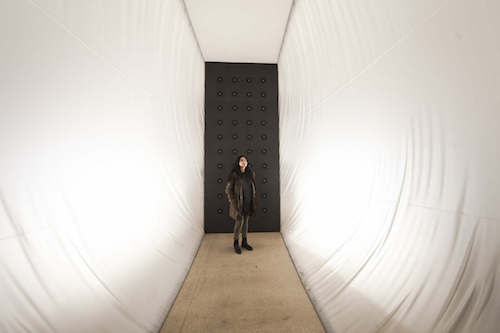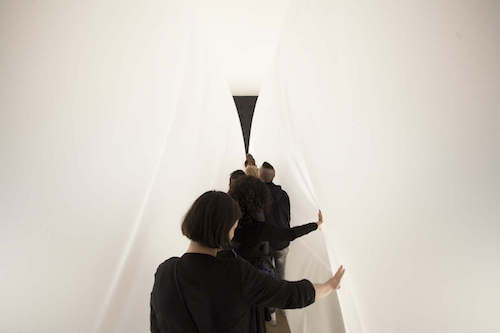Pietre Sonore
 Tuesday, July 5, 2016 at 14:46 tagged
Tuesday, July 5, 2016 at 14:46 tagged  performance,
performance,  public space,
public space,  sculpture,
sculpture,  soundart
soundart

I’ve often wondered why there aren’t more sculptors making use of sound in their work. Even though Wikipedia has quite a list, it’s not something you run into very often. Also, most of the artists on the list have only made use of sound one, or only quite a few times in their career.
Pinuccio Sciola, a quite renowned Italian sculptor who sadly passed away two months ago, was one of those artists who used sound in his sculptures, and even performed them. Often called “the man who makes the rocks sing”, his most famous works are the Pietre Sonore, or the Sounding Stones: sculptures, often made of limestone, that he used to play with his hands or with small rocks.
His ideas on these sounding stones were quite spiritual: he believed that stones have a voice that has always been there, but he only helps to release it. His limestone sculptures for example make a sound of a “liquid quality” when played, because geologically seen limestone is just fossillized water. As if the memory of water was imprisoned inside the stone during glaciation. An interesting way of looking at the world which might be very abstract, but helps one to think about long timespans.
To the rational minds that are sceptical of his ideas, Sciola only had only one thing to say: “I want to remind those who are sceptical that all the information circulated today by computers and digital networks in the end is stored and elaborated using infinitesimal silicon crystals.”


















